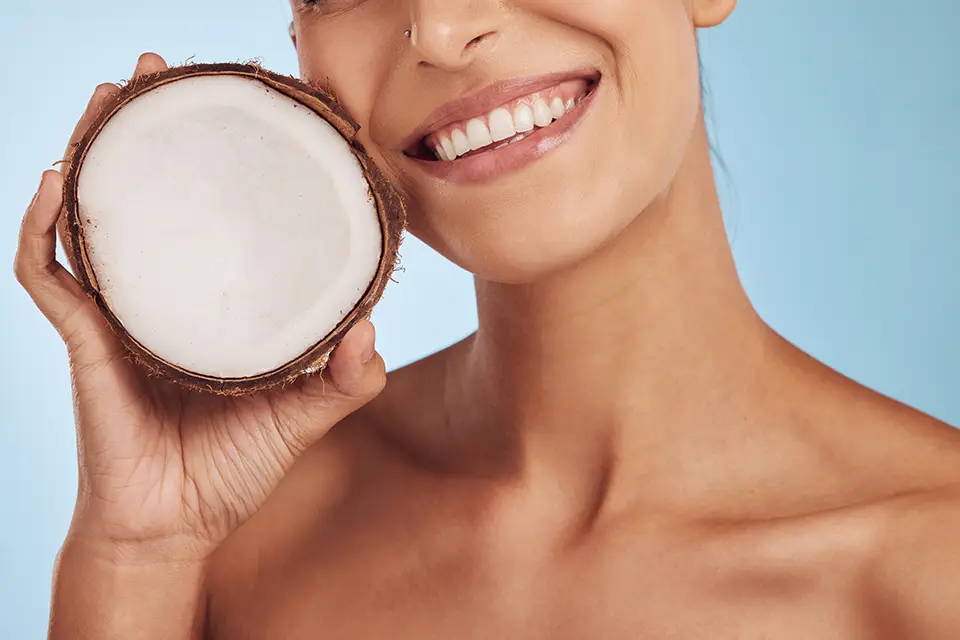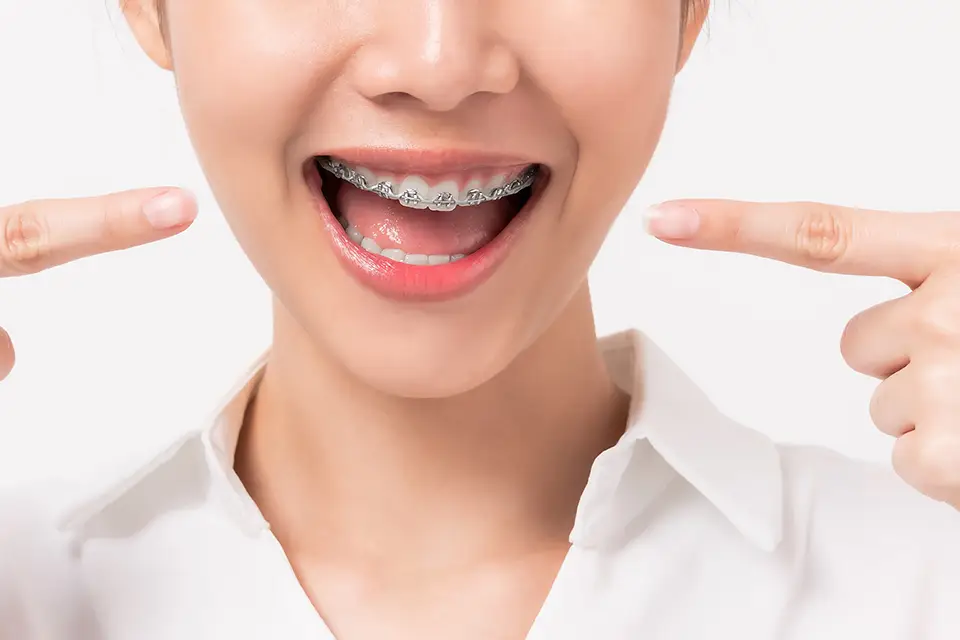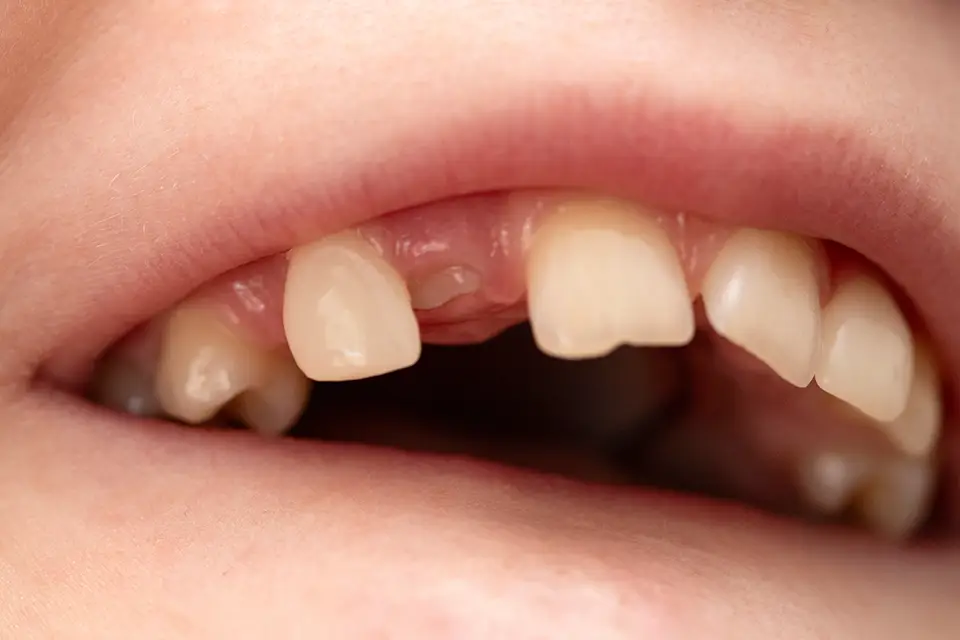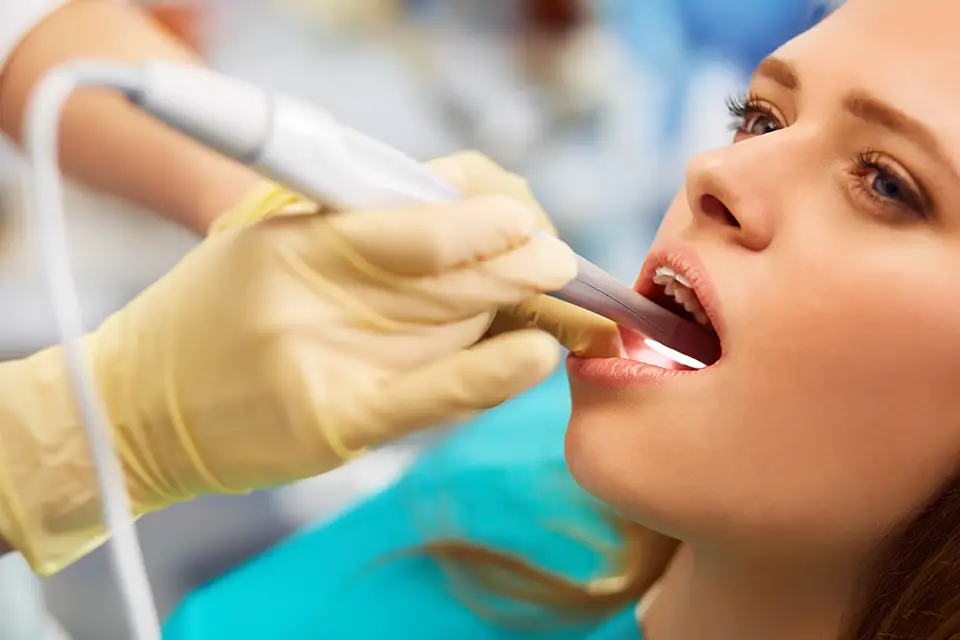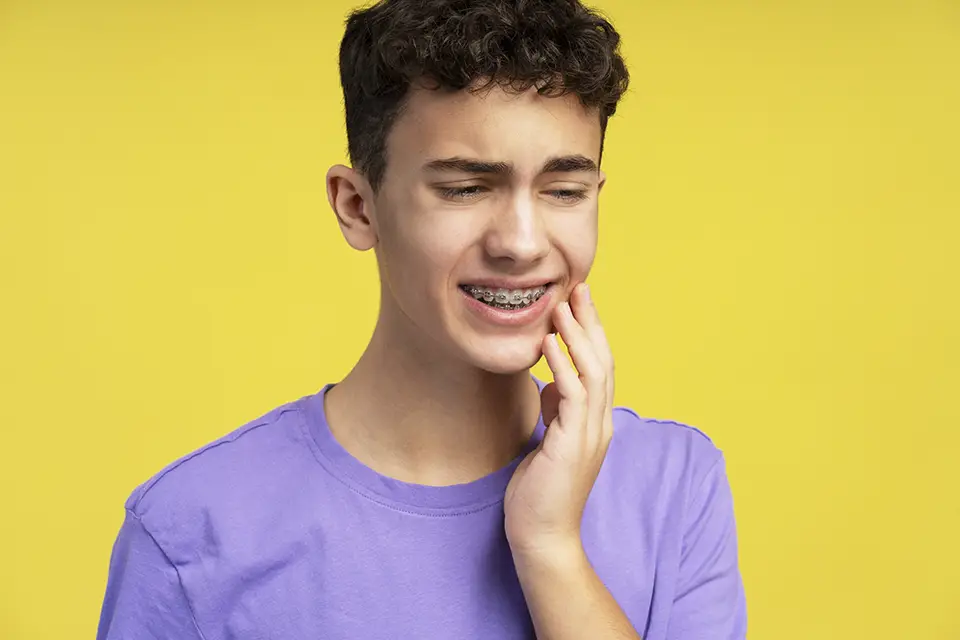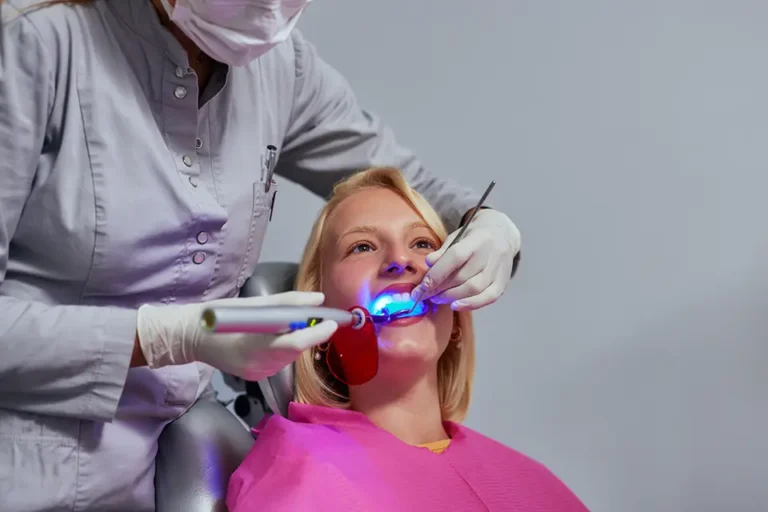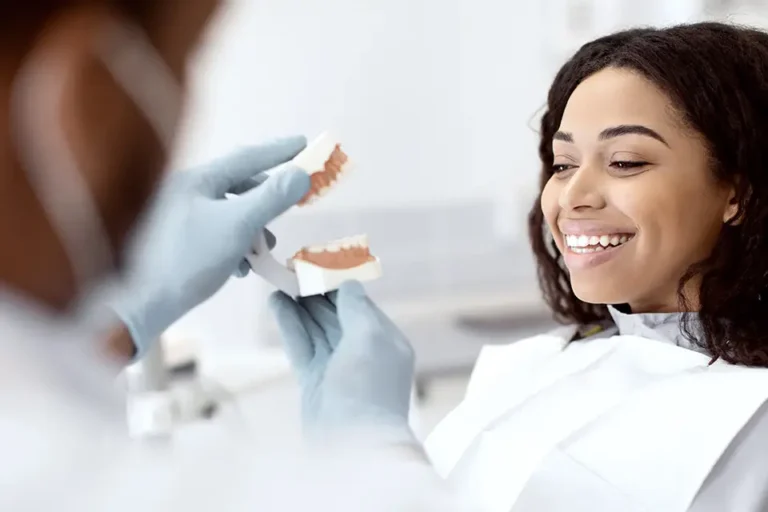In a perfect dental state, the upper teeth are supposed to lie above your lower teeth when you shut your mouth. However, a rare condition known as the open bite occurs whenever the lower or upper front teeth rows incline outwards. The misalignment of teeth (malocclusion) can arise in the front (anterior) or the back (posterior) of your mouth. If you are wondering how to fix a open bite yet, go on reading to learn some valuable tips.
Malocclusion is a rare condition in the US – about 0.6% prevalence rate. The leading causes of the gap between teeth rows are skeletal and dental factors. If you are looking for open bite correction, Zara Dental has experts who can help you fix the problem. The condition’s treatment is essential since you may have trouble closing your mouth, eating, and talking.
What Is an Open Bite?
An open bite is a mismatching teeth positioning when you close your mouth. The condition is not a disease per se; instead, it is a clinical indication of problematic teeth development. Some ethnic groups are more vulnerable to open bite depending on individuals’ age and genetic history. For instance, 16% of open bite patients are African Americans, while 4% are whites.
The extensiveness of the open bite depends on various factors such as:
- The face and jaws’ skeletal structure
- Teeth and gums formation
- Lifestyle habits
Open Bite Terminologies
- Overjet – the upper jaw and the teeth overlie the bottom jaw and teeth in a parallel angle.
- Overbite – the upper jaw and teeth overlap the bottom jaw and teeth at a vertical position.
- Underbite – the lower jaw and teeth project in front of the top jaw and teeth.
What Is a Mild Open Bite?
A mild open bite is characterized by a small gap between the upper and lower teeth when the mouth is closed. Compared to more severe open bites, this problem may only affect a few teeth, and dentists can often treat them with less invasive procedures such as Invisalign or minor orthodontic adjustments.
Types of Open Bites
Orthodontists specialize in the treatment of misaligned teeth. The doctors begin by diagnosing the type of malocclusion before recommending a treatment solution. The common types of malocclusion include:
- Dental
- Anterior
- Skeletal
- Posterior
Dental Open Bites
Orthodontists diagnose dental open bites when clients’ anterior teeth fail to lie on each other upon closing the mouth. Besides, the diagnosis requires that a client have no skeletal deformity associated with the front teeth misalignment. Other symptoms of the dental open bites include:
- Lack of a gummy smile
- The upper and lower incisors tilt forward
- The lower incisors look overgrown
- The upper incisors are underdeveloped
- Patients have a typical elevation of the lower front face
Anterior Open Bites
These deformities feature non-touching upper and lower front teeth. Further, the upper and lower incisors do not overlap.
Specific habits during an infant’s developmental stages are the significant causes of anterior open bites. For instance, using a pacifier for a long time, sucking thumb, and tongue thrusting are common behaviors that lead to dental malformation.
Contact Zara Clinic’s experts for anterior open bite correction as the deformity can lead to other undesirable effects such as an increased size of an overjet, outward protrusion of the upper teeth, and flared lower teeth.
Skeletal Open Bites
Most patients suffering from skeletal open bites are also susceptible to dental open bites. The combination of these defects leads to patients developing a condition known as Adenoid face or the “long face syndrome.”
Some of Adenoid’s symptoms include vertically extended and open-mouthed faces in children, a medical problem known as adenoid hypertrophy.
Adenoid hypertrophy leads to the upper respiratory tract’s congestion, as the mouth remains open in most cases. Moreover, chronic mouth breathing and snoring are the most significant symptoms of skeletal open bites. Other crucial symptoms of dental disorder include:
- Crowded teeth
- Upside down nose
- Gummy smile
- Large upper jaw
- The mouth roof has a high arch
- Nostrils are narrow and underdeveloped
- The front face has an extended height
Posterior Open Bites
If the upper and lower molars/ premolars do not lie on each other when you close your mouth, you have a posterior open bite. The deformity arises when some teeth fail to shoot past the gums.

Open Bite vs Overbite
An open bite occurs when the upper and lower teeth do not meet when the mouth is closed, resulting in a gap. This can have an impact on both the front and back teeth. An overbite happens when the upper front teeth overlap extensively with the lower front teeth. While both conditions can potentially cause functional and aesthetic problems, they necessitate distinct treatment approaches.
Open Bite Correction
At Zara Dental, we usually correct open bite disorders during a regular dental examination. The dentist then refers you to an orthodontist for further assessment and determination of the appropriate approach to fix you gap between teeth.
The Houston Texas orthodontists often take the skull, dental, and facial X-rays to fix an open bite. It is noteworthy that open bite treatment is challenging for clinicians. Successful treatment necessitates accurate diagnosis and well-timed intervention.
Zara Clinic’s orthodontists strive to advise patients regarding appropriate treatment techniques and select appliances that would attain long-term treatment outcomes.
What Causes Open Bite?
Open bites can arise from a combination of multiple factors, such as:
- Heredity preconditions – Patients acquire the genes associated with the dental deformity from their family line
- Uneven sizes of the upper and lower jaws
- Different sizes of teeth and jawbones
- Mouth or jaw tumors
- Using pacifier for extended periods
- Excessive use of bottle-feeding
- Failed dental restorations due to poor fitting
- Bad oral habits such as sucking thumb and thrusting tongue
- Excessive teeth
- Missing teeth
- Unusually shaped teeth
- Skeletal problem – jaws grow apart instead of parallel to each other
- Temporomandibular joint disorder (TMD) – This disorder involves the repositioning of jaws due to the habit of using the tongue to push teeth apart. TMDs result in chronic jaw pain
What Causes Open Bite in Adults
Certain medical conditions, genetic predisposition, and prolonged habits from childhood (such as thumb sucking or tongue thrusting) can all contribute to open bites in adults. Other factors affecting the alignment of the teeth and jaw over time include temporomandibular joint disorders (TMJ) and jaw growth discrepancies.
Why Should You Treat Open Bite?
Are you unsure whether to fix open bite disorder? Some of the problems the treatment processes correct include:
- Eating problems
- Speech difficulty
- Allows patients to seal their mouth effortlessly, and avoid drooling
- Improves mouth hygiene since airborne germs cannot enter the body through the mouth
- Improves the facial appearance of clients since doctors fix teeth sticking out
- Avoids teeth fracture
- Minimizes the wear and tear of misaligned teeth
- Avoid TMD symptoms
- Allow comfortable teeth cleaning process
Treatment Options for Open Bite
You have a variety of treatment options for treating the open bite condition. Orthodontists determine therapy options depending on clients’ age and their type of teeth (milk or permanent). In many instances, baby teeth do not require additional treatment since the deformity often resolves itself.
On the other hand, doctors mainly use surgery, behavior modification, and mechanical procedures to fix open bite deformities.
Surgical Solutions
Dental professionals reserve orthognathic surgery treatments for severe open bite cases. Oral surgeons correct dental-facial distortions such as overbite, open bite, and underbite misalignments.
Mechanical Procedures
- Traditional metal braces: Clients prefer using this treatment approach to fix overcrowded teeth because the cost of braces Houston Texas is affordable. Dental experts use elastic bands, archwires, and brackets to align the jaw and teeth to their original positions.
- Damon braces: The braces comprise of self-ligating bracket system that facilitates quicker attainment of the desired orthodontic outcome.
- Lingual braces: Orthodontists place these braces next to the tongue; hence, they are hard for someone to notice, and they are useful in correcting misaligned teeth.
- Clear aligners: If you are looking for a treatment solution to shift teeth to a comfortable and visually beautiful position, these plastic trays will suit your objective. The clear aligners are also hard to notice when smiling or eating until you look closely.
- Two-phase treatment: The two-phase treatment in orthodontics integrates tooth straightening procedures and modification of the physical face.
- Bite blocks: Orthodontists place these tools on the molars and premolars to help correct the lower and upper jaws’ movement. This procedure helps restore the anterior open bites over time.
Behavioral Modifications
The behavioral open bite treatments mainly work best with children, but they can also help adults with slight open bite.
- Vertical chin cup: This tool regulates the development of a client’s chin. The appliance prevents the chin from growing downward or backward.
- Roller appliance: The device averts tongue thrusting, which encourages overjet and tongue protrusion.
- High pull headgear: Often used alongside braces, the headgear regulates jaw development and teeth alignment. The appliance also helps in regulating jaw and tongue movements that can increase malocclusion.
Open Bite Invisalign
Invisalign is a popular treatment option for open bites, particularly in mild to moderate cases. These clear aligners are custom-made to fit snugly over the teeth, gradually shifting them into proper alignment. Invisalign is a more subtle solution than traditional braces, allowing patients to adjust their bite without wearing visible appliances.
Braces for Open Bite
Braces are a traditional and successful method of treating open bites. They work by applying consistent pressure to the teeth, progressively shifting them to the appropriate position. Moreover, the severity of the open bite and the patient’s preferences influence the types of braces, which may include metal, ceramic, and lingual braces.
Where to Go for Open Bite Treatment in Houston Texas
Are you looking for professional open bite treatment using Invisalign, traditional braces, surgical, and behavioral modifications in Houston Texas? Or you have not found a way to fix underbite yet? Zara Dental has your back. We can fix slight open bite, underbite, and severe TMD hassle-free how to fix a open bite yet.


